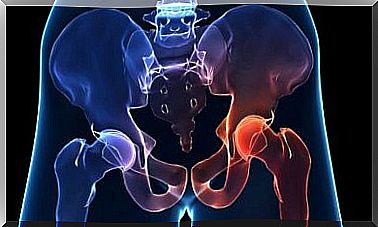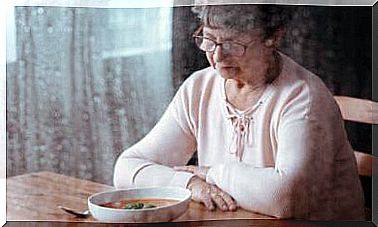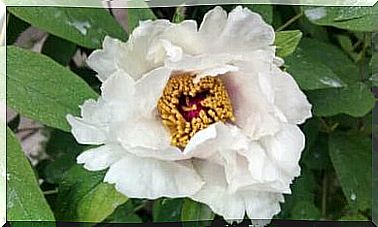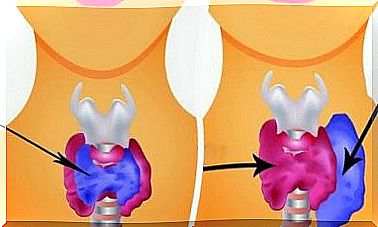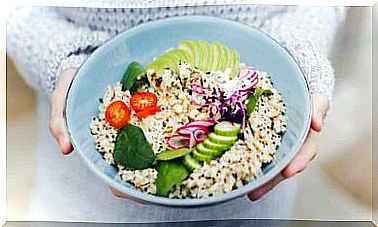Physical Exercise And The Menstrual Cycle
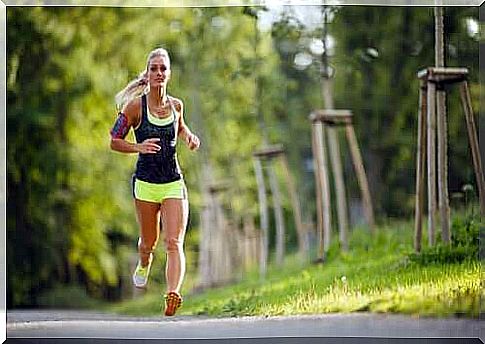
The menstrual cycle begins with the typical vaginal bleeding and ends when it recurs during the next cycle. In between, a series of phases take place whose hormonal traits directly affect athletic performance. These are the changes that we relate to when we talk about physical exercise and the menstrual cycle.
In short, we can say that the menstrual, premenstrual and ovulatory phases involve great physiological stress and affect athletic performance. In contrast, it seems that the phases just before and after ovulation most benefit the performance of physical exercise.
Physical exercise and the menstrual cycle
The menstrual cycle lasts about 28 days and consists of the follicular phase (menstrual and preovulatory), ovulatory phase and luteal phase (postovulatory and premenstrual).
In each of these phases, women present certain physical and psychological characteristics that are related to their hormonal levels and directly affect the exercise of physical exercise.
Below, we will tell you what happens during each stage of the menstrual cycle, how they affect athletic performance, and what are the best choices of training for each case.

The menstrual phase
This is the first phase of the cycle that lasts about five days and is characterized by menstrual bleeding. At this stage, the levels of estrogen, progestetron and testosterone are low. In addition, as a result of the bleeding, the levels of iron in the blood decrease and the heart rate increases at rest.
The changes we described may result in:
- Bad mood.
- Sleep disorders.
- Exhaustion.
- Increased perceived effort.
- Lower fatigue threshold.
- Increased risk of injury.
- Longer reaction time.
- Poorer coordination and dexterity.
During these days, it is best to take it easy and prioritize wellness over physical exercise. To maintain an active lifestyle and improve your mood, it is advisable to include light and comfortable walks outdoors under the sunlight.
Preovulatory phase
Preovulatory phase is the second phase of the follicular phase. This phase lasts about nine days. During this period, the levels of estrogen increase. As a result, women’s moods are optimal and the rapid consumption of energy (ATP and glycogen) is more efficient. Therefore, this is the perfect time for HIIT training (high-intensity interval training).
Physical exercise and the menstrual cycle: Ovulation
Ovulation is the second phase of the cycle. It lasts only one day and can cause pain. Here, estrogen and testosterone are at their maximal concentrations and as a result, women are feeling stronger than ever before. During this phase, it is best to choose training focused on maximum strength.
Be careful though! The hormonal changes we described involve excessive neuromuscular weakness, which increases the risk of injury.

The luteal phase
This phase represents the beginning of the end of the cycle and lasts about nine days. In addition to a high concentration of estrogen, progesterone levels also rise. Progesterone improves the use of fat as an energy fuel.
Therefore, one should ideally choose training of low intensity but long duration, such as running, walking at moderate intensity and cycling among others.
Premenstrual phase
The premenstrual phase is the last phase of this cycle. It comes before menstruation, lasts about five days and is characterized by a decrease in hormones. There, the so-called premenstrual syndrome often occurs.
At this stage, stress levels are often high and there is a worsening mood. This is due to a decrease in the levels of serotonin, associated with a decrease in the levels of progesterone. Fluids are also retained, the motor skills needed for proper performance are also affected and appetite is increased.
According to the characteristics of this last phase, it is best to choose activities that help relieve tension and maintain calm. Some good examples are yoga, tai chi and pilates.
Conclusion on physical exercise and the menstrual cycle
As you can see, each phase of the menstrual cycle has its own unique characteristics that directly affect the exercise of physical exercise. Thus, it is essential to coordinate physical exercise and the menstrual cycle in order to perform at its full capacity in the healthiest way possible.
